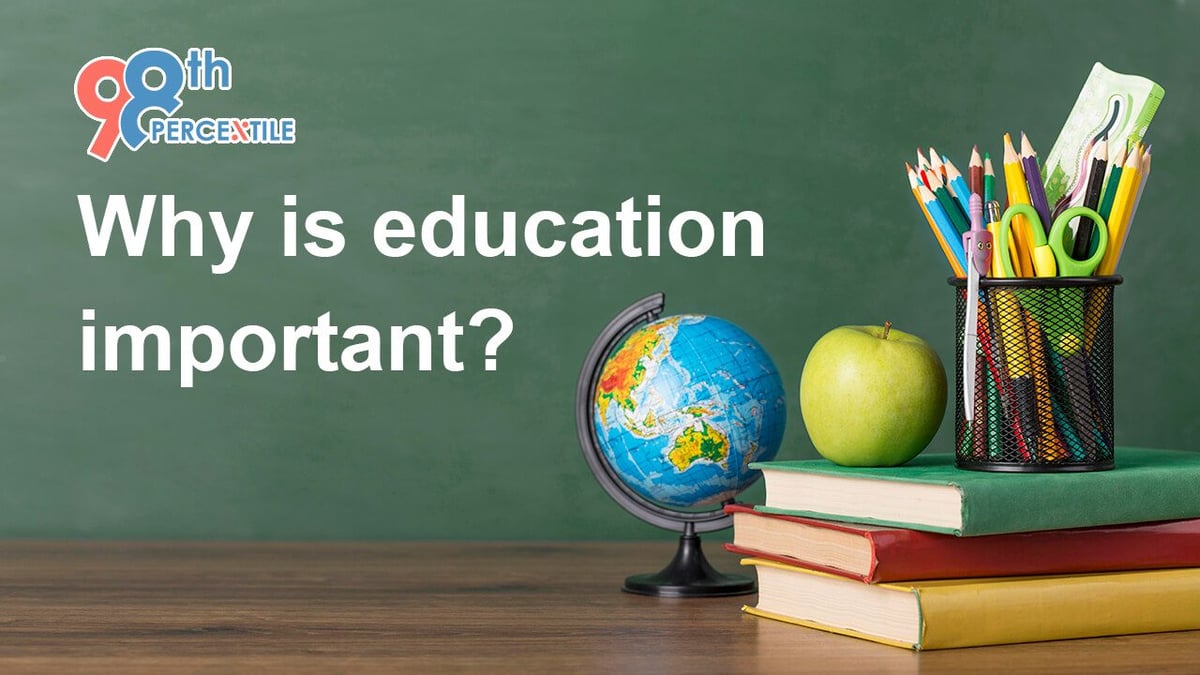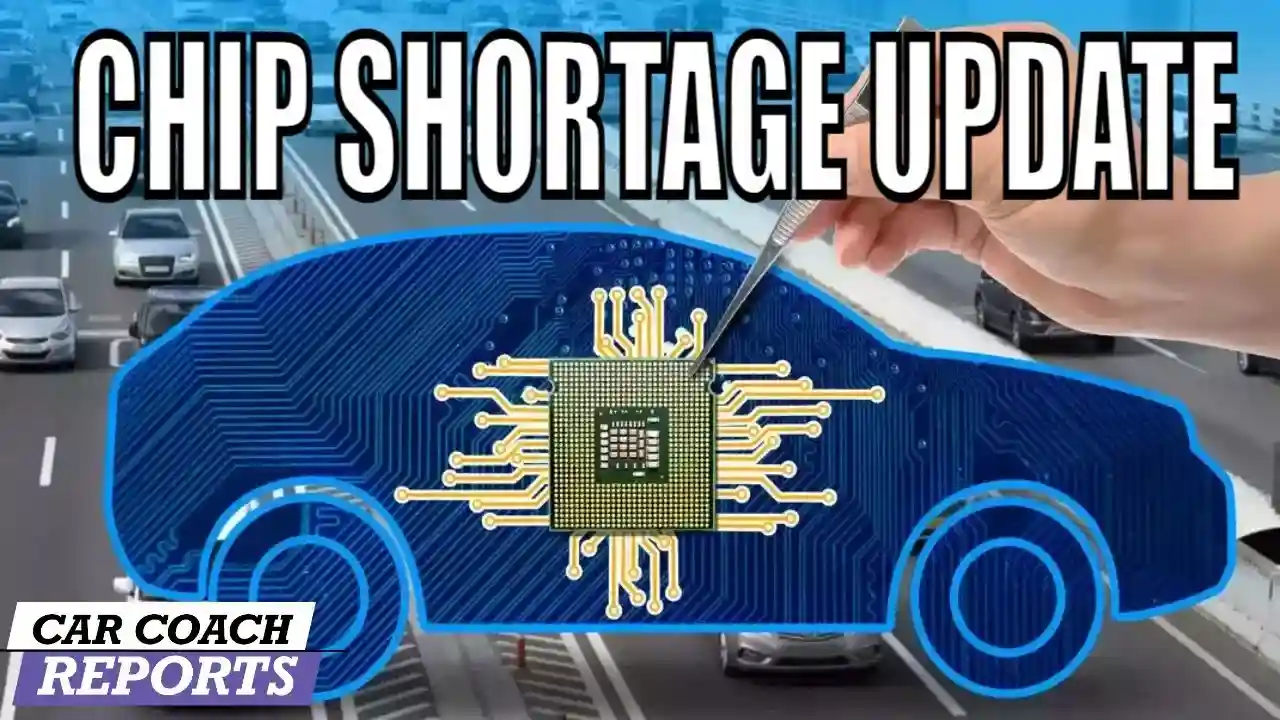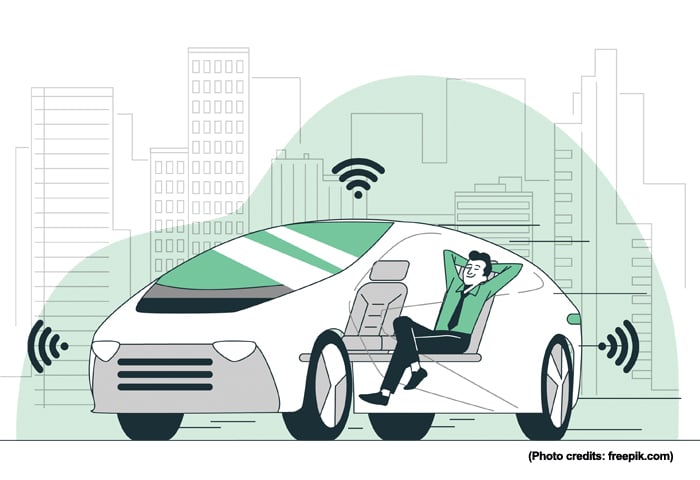How Does Technology Affect Education?
Mia Wilson

Photo: How Does Technology Affect Education?
How Does Technology Affect Education? Exploring the Transformation of Learning
Introduction
In the rapidly evolving landscape of the 21st century, technology has become an integral part of nearly every facet of our lives. One area where its impact is profoundly felt is education. From elementary schools to universities, technology is reshaping how educators teach and how students learn. This article delves into the multifaceted ways technology affects education, examining its benefits, challenges, and the future it heralds for learners and educators alike.
The Evolution of Educational Technology
Historical Background
The integration of technology into education is not a recent phenomenon. It began with the introduction of simple tools like overhead projectors and educational television programs. The advent of personal computers in the late 20th century marked a significant turning point, enabling more interactive and personalized learning experiences. Fast forward to today, and we see advanced technologies like artificial intelligence (AI), virtual reality (VR), and online learning platforms revolutionizing the educational landscape.
The Digital Classroom
Modern classrooms are increasingly digital, equipped with smartboards, tablets, and high-speed internet access. This shift facilitates a more interactive and engaging learning environment. Teachers can incorporate multimedia resources, conduct real-time assessments, and provide immediate feedback, enhancing the overall educational experience.
Enhancing Learning Through Technology
Personalized Learning Experiences
One of the most significant advantages of technology in education is the ability to offer personalized learning. Adaptive learning software tailors educational content to meet the individual needs of each student, allowing them to progress at their own pace. This customization helps address diverse learning styles and paces, ensuring that all students have the opportunity to succeed.
Access to a Wealth of Information
The internet has democratized access to information. Students can now access a vast array of resources, from scholarly articles to educational videos, broadening their knowledge beyond traditional textbooks. This accessibility fosters independent learning and critical thinking, essential skills in today’s information-rich world.
Collaboration and Communication
Technology facilitates seamless collaboration and communication among students and educators. Tools like video conferencing, collaborative documents, and educational platforms enable group projects and discussions, even when participants are geographically dispersed. This connectivity prepares students for the collaborative nature of the modern workforce.
Challenges and Considerations
Digital Divide
While technology offers numerous benefits, it also poses challenges, particularly the digital divide the gap between those who have access to technology and those who do not. Socioeconomic disparities can hinder equal educational opportunities, making it crucial to address access issues to ensure all students can benefit from technological advancements.
Distraction and Overreliance
The pervasive presence of technology can sometimes lead to distractions in the classroom. Social media, games, and other non-educational content can divert students’ attention away from learning. Additionally, an overreliance on technology may impede the development of critical thinking and problem-solving skills if not balanced with traditional teaching methods.
Privacy and Security Concerns
The use of digital tools in education raises important privacy and security concerns. Protecting students’ personal information and ensuring secure online environments are paramount. Educational institutions must implement robust security measures and educate students about safe online practices to mitigate these risks.
The Future of Technology in Education
Artificial Intelligence and Machine Learning
AI and machine learning are poised to further transform education by providing more sophisticated personalized learning experiences. Intelligent tutoring systems can analyze student performance data to offer customized support, while predictive analytics can identify learning gaps and inform instructional strategies.
Virtual and Augmented Reality
VR and augmented reality (AR) technologies offer immersive learning experiences that can make complex subjects more accessible and engaging. For instance, medical students can perform virtual surgeries, and history students can explore ancient civilizations through interactive simulations, enhancing both understanding and retention.
Online and Blended Learning Models
The COVID-19 pandemic accelerated the adoption of online learning, highlighting its potential and challenges. Moving forward, blended learning models that combine online and in-person instruction are likely to become more prevalent, offering flexibility and catering to diverse learning preferences.
Balancing Technology with Traditional Methods
Integrating Technology Thoughtfully
To maximize the benefits of technology in education, it is essential to integrate it thoughtfully. Educators should select tools that complement their teaching objectives and enhance the learning experience rather than using technology for its own sake. Professional development and training are crucial to equip teachers with the skills needed to effectively incorporate technology into their pedagogy.
Maintaining Human Interaction
While technology facilitates new forms of interaction, the importance of human connection in education should not be overlooked. Building relationships, fostering a supportive classroom environment, and providing emotional support are aspects of teaching that technology cannot replace. Striking a balance between technological integration and human interaction is key to a holistic educational experience.
Conclusion
Technology’s influence on education is undeniable, offering transformative benefits that enhance learning, teaching, and accessibility. However, it also presents challenges that must be thoughtfully addressed to ensure equitable and effective educational outcomes. As we look to the future, the continued evolution of educational technology promises to further revolutionize how knowledge is imparted and acquired. By embracing these advancements while remaining mindful of their potential pitfalls, educators and institutions can harness the full potential of technology to shape a more dynamic, inclusive, and effective educational landscape.
For You
View AllPush your limits with these extreme adventure destinations. From skydiving to volcano hikes, adrenaline junkies will love these epic trips!
Mia Wilson
Learn how to refinance your mortgage online quickly and easily. Compare rates, apply in minutes, and start saving today!
Mia Wilson
Explore why education is vital for personal growth, career success, and societal progress. Start learning now!
Mia Wilson
Understand continuing education, its benefits, and how it boosts career growth and lifelong learning. Learn more!
Mia Wilson
Stay informed about the automotive chip shortage and its impact on car production. Learn how the industry is adapting now!
Mia Wilson
Learn how AI technology drives self-driving cars and transforms the future of mobility. Discover key advancements in AI today!
Mia Wilson
Education
View All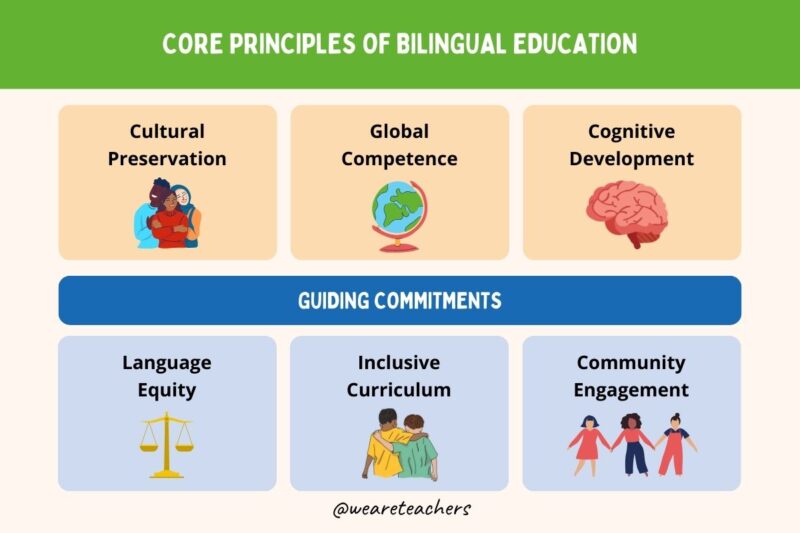
May 3, 2025
What Is Bilingual Education?
Explore bilingual education, its benefits, and how it fosters cultural understanding and cognitive growth. Learn more!
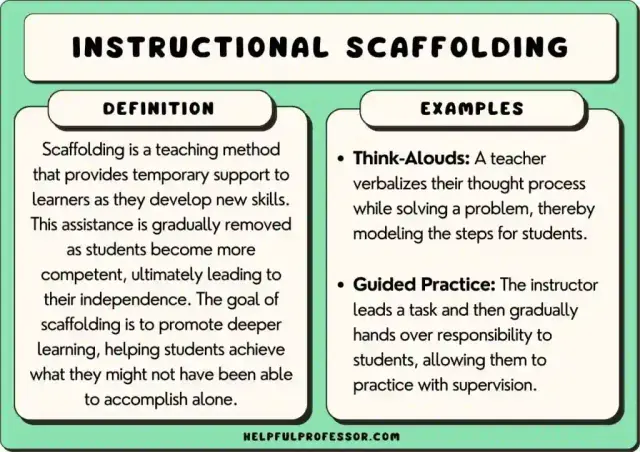
May 1, 2025
What Is Scaffolding in Education?
Discover scaffolding in education, its methods, and how it supports student success. Learn effective strategies now!

April 18, 2025
What Is Special Education?
Dive into special education, its purpose, and how it supports students with unique needs. Learn how it changes lives!


